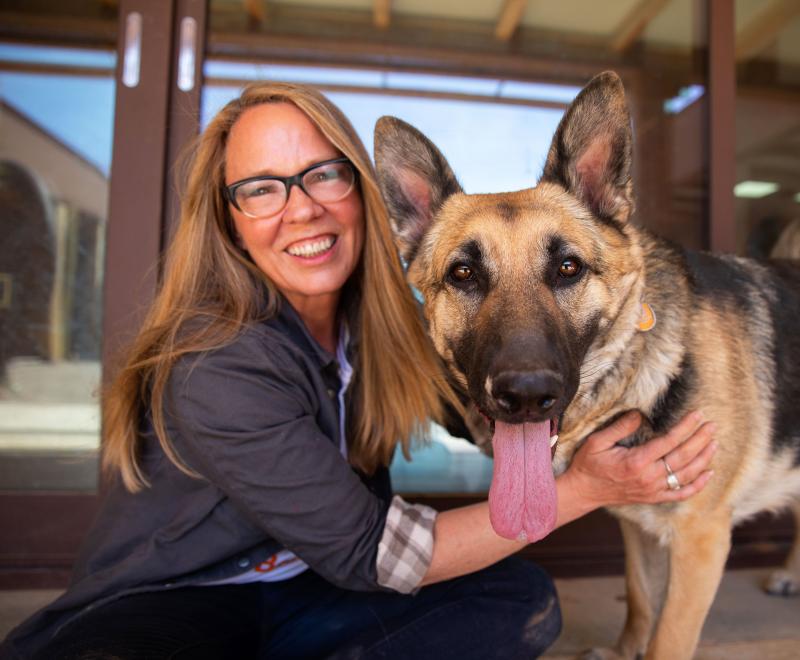
Here’s what’s happening in animal shelters across the U.S.
A dog or cat is killed in America’s shelters every 90 seconds, simply because they don't have a safe place to call home.
Understanding what’s happening in our animal shelters — including how many shelters there are in the country, how many animals they take in, and how many they save — helps us figure out the best way we can work together to save more lives.
This data about shelters allows us to see where pets are most in need and where we should focus our efforts to save lives. With this information — and with the help of caring people like you — we can save the lives of homeless dogs and cats.
To explain that data, we’ve broken down the findings into key takeaways.
Dogs and cats are needlessly killed in shelters every day
But together, we can save the lives of healthy and treatable pets in shelters who are often killed simply due to a lack of space.
We know millions of households will add a pet to their family this year. If just 1 in 17 more of those families chose to adopt a pet from a shelter, we could reach no-kill nationwide.
Communities want to be no-kill
In communities all around the country, most residents want to stop the needless killing of animals in shelters.
How do animals end up in our communities’ shelters in the first place?
In 2024, 4.8 million homeless dogs and cats end up in shelters in communities all over the United States.
Once pets end up in shelters, our goal is to ensure they make it out safely
While it would be ideal if pets didn't end up in shelters in the first place, once they're there, our main goal is to find them safe places to call home.
Together, we can help animal shelters around the country save more lives
Best Friends is working together with shelters and rescue groups to save the lives of dogs and cats who end up in their care. We call them our network partners, and they’re in communities all across the country.

Find a network partner near you today
Each of our network partners needs caring people like you to adopt, foster, donate, volunteer, and advocate to help save the lives of pets where you live.
The most accurate dataset of animal sheltering in the U.S.
To determine where shelters need the most help, we’re using data to inform our decisions and looking for new ways to use what we find. Each year, we collect this data and share the dataset publicly in something we call the national dataset.
To collect the data in the 2023 national dataset, Best Friends conducted extensive research to explore and determine which shelter and community characteristics impact a shelter’s intake and live outcomes. All data and analysis prepared for the 2023 national dataset were done by Best Friends Animal Society.
Data was collected via an online data-sharing platform, Shelter Pet Data Alliance, as well as directly from shelter websites, forms completed by shelters, files provided by state governing bodies, and through Freedom of Information Act requests.
This information is used to track the effectiveness of our direct lifesaving efforts, such as foster and community cat programs, and it helps us plan future strategies.
While we were able to capture a robust and representative sample of shelters for 2023, some of the nearly 4,000 shelters in the U.S. had not yet provided data. For those, we used advanced statistical methods that took 30 factors into consideration to estimate 2023 data, including 2022 or older data from nearly 2,000 shelters.
The data for individual communities and shelters around the country can be found on the pet lifesaving dashboard and is updated monthly.

